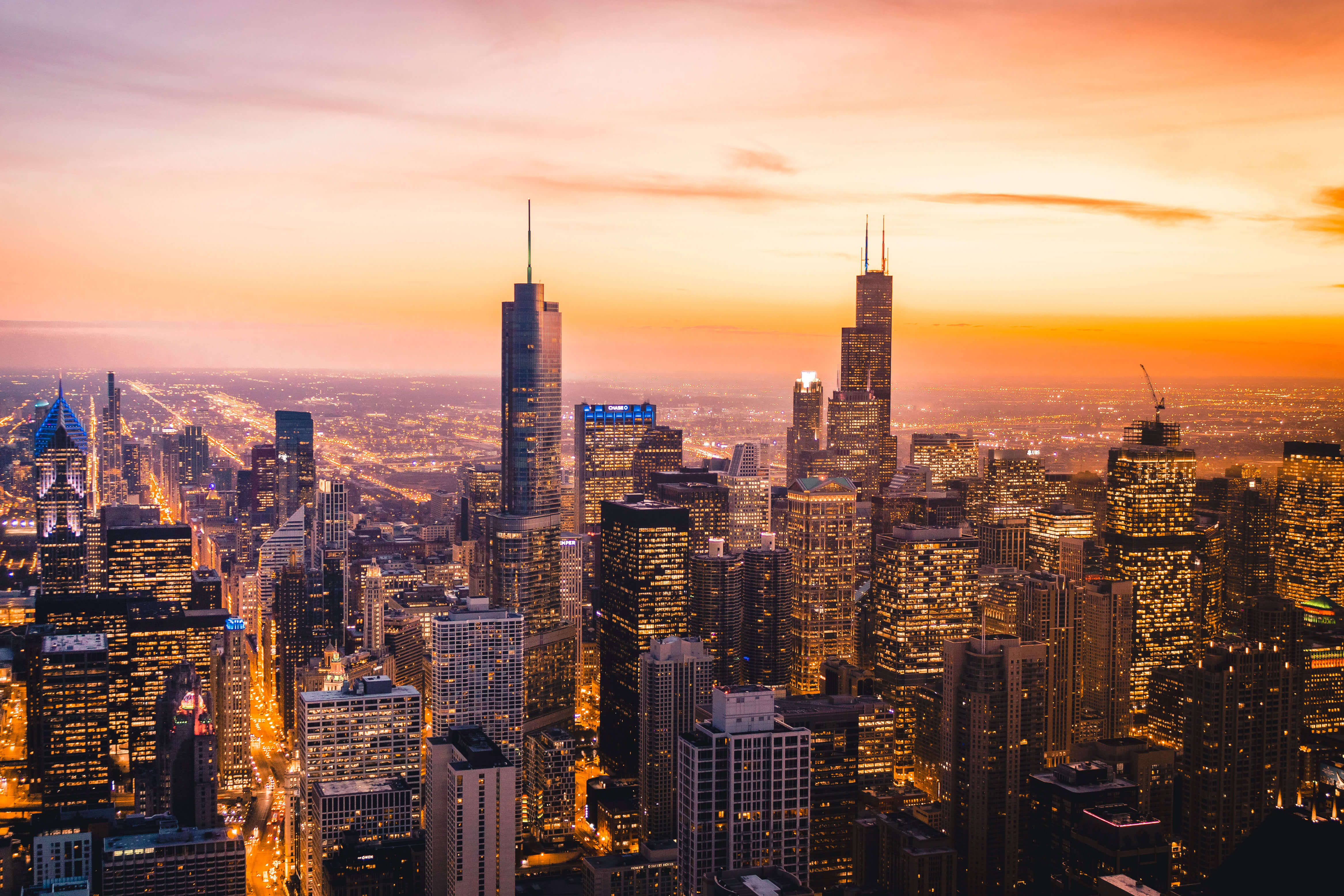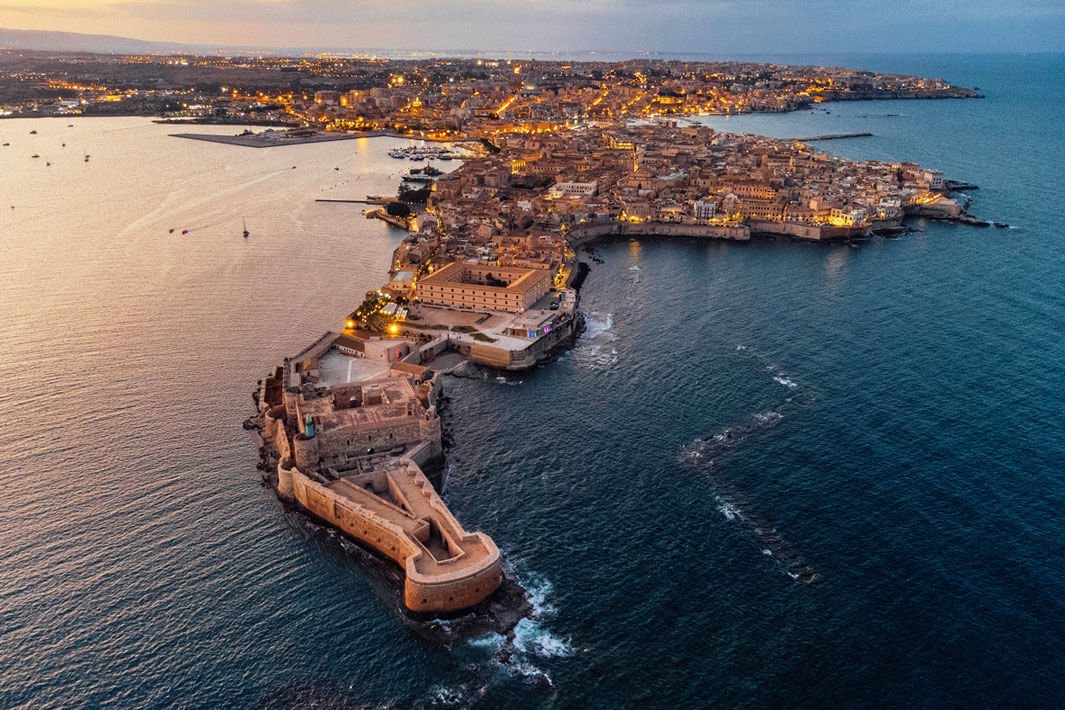1/1 Oops. Incorrect.
0%
0pts Earned
0/1correct
20/20
What organization once used Iceland for training purposes?
Scientists in NASA’s Apollo program determined that Iceland's barren, crater-filled, volcanic landscape was the most moonlike terrain on Earth. So in 1965, NASA sent the first group of Apollo astronauts to Húsavík, where they spent a week exploring the town and the region around it to train for the real lunar mission.
Source: Exploration MuseumGoogle
3%
NHL
10%
NASA
73%
INTERPOL
14%
19/20
What is the largest waterfall in Iceland?
Dettifoss is not only Iceland’s largest waterfall but also Europe’s most powerful, pouring nearly 7,000 cubic feet of water per second over its edge into the gorge below. Other notable waterfalls in Iceland include the 197-foot-tall Skógafoss, which is said to have been where the first Norse settler hid a treasure chest behind the cascade.
Source: Nordic VisitorDettifoss
11%
Svartifoss
19%
Skógafoss
50%
Gullfoss
21%
18/20
Hvannadalshnúkur holds what distinction among Iceland’s natural landmarks?
At 6,952 feet tall, Hvannadalshnúkur is the tallest mountain in Iceland. Part of the Öræfajökull volcanic glacier, the peak is located in Vatnajökull National Park, though given its impressive height, it can be viewed from many places throughout the country.
Source: Guide to IcelandLowest valley
9%
Highest peak
74%
Hottest cave
8%
Biggest lake
10%
17/20
What type of landmark is the famous Hallgrímskirkja?
Standing tall over Reykjavik, Hallgrímskirkja is a church that welcomes thousands of daily visitors. At 245 feet tall, it’s the largest church in Iceland, and was designed to represent both Iceland’s natural elements and Thor’s hammer. The church was built between 1945 and 1986 and is named after 17th-century clergyman Hallgrímur Pétursson.
Source: Guide to IcelandChurch
44%
Statue
7%
Observation tower
33%
Hot spring
16%
16/20
Trailblazer Vigdís Finnbogadóttir famously held what position in Iceland?
Trailblazing politician Vigdís Finnbogadóttir was the first democratically elected female to serve as a nation’s president anywhere in the world. Finnbogadóttir was President of Iceland from 1980 until her retirement in 1996, winning four elections during that time. After her presidency, Finnbogadóttir became UNESCO’s goodwill ambassador for languages in 1998.
Source: BritannicaSoccer captain
13%
National poet
30%
President
44%
Royal chef
14%
15/20
Hákarl is a fermented Icelandic dish made from what animal?
Made from Greenland sharks — whose meat can be poisonous — hákarl is prepared by burying the meat under dirt until it ferments, which in turn neutralizes the toxins. Hákarl smells like ammonia and possesses a cheese-like texture. Though the dish is controversial, it is beloved by locals and is often washed down with a shot of an Iceland spirit called Brennivín.
Source: Atlas ObscuraPenguin
2%
Shark
40%
Seal
45%
Puffin
13%
14/20
What is considered to be Iceland’s national sport?
Team handball is often referred to as Iceland’s national sport. The country’s handball team took home silver at the 2008 Summer Olympics and bronze in the 2010 European Championships. Other popular sports in Iceland include soccer, where both the male and female teams are ranked highly, and golf, of which an estimated 10% of Icelanders play at least five times a year.
Source: Iceland.isHandball
28%
Rugby
22%
Alpine skiing
33%
Dressage
17%
13/20
What is the only species of land mammal native to Iceland?
Despite its arctic climate, Iceland has a relatively diverse array of wild animals, including polar bears, reindeer, mink, and mice. However, many of these species were introduced to the island by human settlers. Only one land mammal is considered native to Iceland, the Arctic fox, which is believed to have lived there since the last ice age.
Source: Icelandic Institute of Natural HistoryPolar bear
10%
Arctic fox
60%
Reindeer
17%
Field mouse
13%
12/20
Approximately what percentage of Iceland is covered by glaciers?
Approximately 11% of Iceland’s land area is covered by glaciers, and 269 of the country’s glaciers are officially named. Iceland is home to all types of glaciers — including ice caps, outlet glaciers, mountain glaciers, alpine glaciers, and others. The largest ice cap in Iceland is Vatnajökull, which is about three times the size of Rhode Island.
Source: Iceland on the Web0.5%
3%
11%
26%
39%
50%
74%
21%
11/20
What is the meaning of the name Reykjavik?
The name of Iceland’s capital, Reykjavik, translates to “smoky bay” — though it’s not smoke emanating from the bay. It’s actually steam coming from the island’s many geothermal pools. Reykjavik’s main street, Laugavegur, translates to “Washing Street,” as many of the citizens once traversed down that road to wash their clothing in the hot waters of Laugadalur (“Washing Valley”).
Source: Iceland RoversSmoky bay
48%
Freezing plains
15%
Snowy island
22%
Dark sands
15%
10/20
In what century was Iceland first settled?
Written in 1130 CE, the historical text “Íslendingabók” traces Iceland’s history and states that the island was first settled in 870 CE. The first permanent settler is believed to be a Norwegian man named Ingólfr Arnarson, who came to the island in 874. He and his wife settled and farmed in an area that he named Reykjavik.
Source: Britannica5th century BCE
29%
1st century CE
16%
9th century CE
44%
17th century CE
12%
9/20
What is the national parliament of Iceland called?
Founded around 930 CE, the Althing is the national parliament of Iceland and one of the oldest parliaments in the world. The Althing originally met in the southwestern Icelandic region of Thingvellir from 930 until 179, before it was abolished in 1800 for several decades. It reconvened in Reykjavik in 1845, where it continues to operate today.
Source: BritannicaAlthing
17%
Bundestag
20%
Riksdag
51%
Folketing
11%
8/20
From which other country did Iceland claim independence in 1944?
Iceland became a dependency of Norway in the Middle Ages and was later under the rule of a united Denmark-Norway. After the dissolution of Denmark-Norway in 1814, the island was controlled by the Kingdom of Denmark. When Denmark was occupied by Nazi forces in 1940, Iceland assumed control of its own affairs and began working toward independence. The island became an independent republic on June 17, 1944.
Source: State.govRussia
15%
Finland
21%
France
4%
Denmark
60%
7/20
What is the official currency of Iceland?
Iceland began issuing their own banknotes in 1885, and the króna became Iceland’s official currency in 1918. Some popular Icelandic figures featured on the banknotes include bishop Brynjólfu Sveinsson on the 1,000 note, painter Jóhannes Kjarval on the 2,000 note, and poet Jónas Hallgrímsson on the 10,000 note.
Source: Arctic AdventuresEuro
30%
Króna
54%
Rand
9%
Baht
6%
6/20
The sands of Reynisfjara Beach are what unusual color?
Reynisfjara Beach is located on the south coast of Iceland, near the village of Vik. The beach is famous for its black sands, which got their color from the island’s prominent volcanic activity. As volcanoes erupted, the black volcanic rock cooled and solidified into sand upon clashing with the freezing waters of the North Atlantic Ocean.
Source: Reykjavik ExcursionsBlue
20%
Red
7%
Black
58%
Purple
15%
5/20
The majority of Icelanders are said to believe in what mythical creature?
Elves play a prominent role in Icelandic culture — according to a 1998 survey, 54.4% of Icelanders believed in the existence of elves, which are known locally as huldufolk (“hidden people”). Throughout the country, there are fields filled with rocks that are considered to be elf churches and other elf hideaways, called “alfhol.”
Source: The AtlanticDragons
20%
Cyclops
9%
Minotaurs
18%
Elves
52%
4/20
What famous lagoon is located on the Reykjanes Peninsula?
The Blue Lagoon is a popular geothermal spa and tourist attraction on the Reykjanes Peninsula, about 30 minutes from Iceland’s capital of Reykjavik. Locals originally considered it just a wastewater pool, but in 1981, a man named Valur Margeisson famously bathed in the waters and many others followed suit. The blue mud pool grew in popularity, with official swimming facilities opening in 1987.
Source: Guide to IcelandCelestial Lagoon
12%
Viking Lagoon
21%
Endless Lagoon
6%
Blue Lagoon
61%
3/20
What word comes from the name of a hot spring in Iceland?
Americans often use the word “geyser” to refer to any hot spring that periodically spouts jets of hot water and steam, but the term originally referred to a specific geyser located in the Hauka valley of southwestern Iceland. Geysir (also known as Great Geysir) translates literally to “the gusher,” from the Old Norse word “geysa.”
Source: EtymonlineWhirlpool
7%
Volcano
3%
Geyser
42%
Jacuzzi
49%
2/20
Which of these natural wonders can be seen in Iceland?
Located on the edge of the Arctic Circle, Iceland is one of the most ideal places in the world to view the aurora borealis, more commonly known as the northern lights. With darkness occurring for up to 19 hours a day between September and March, wintertime offers the best chance at viewing this stunning natural light show.
Source: Travel + LeisureGreat Barrier Reef
4%
Aurora borealis
89%
Victoria Falls
4%
Petrified forest
2%
1/20
Which color is NOT featured on the Icelandic national flag?
Introduced in 1915, the Icelandic flag features a blue background divided into four quadrants, which surround a sideways red cross with white borders. After Iceland gained independence in 1944, the flag was altered to a darker shade of blue. The country’s Flag Act states that the colors are officially named sky blue, fire red, and snow white.
Source: BritannicaBlue
8%
Red
28%
White
11%
Yellow
53%
Play Quizzes By Category
Play A Trending Quiz
Trending, related and recent quizzes you may be interested in






